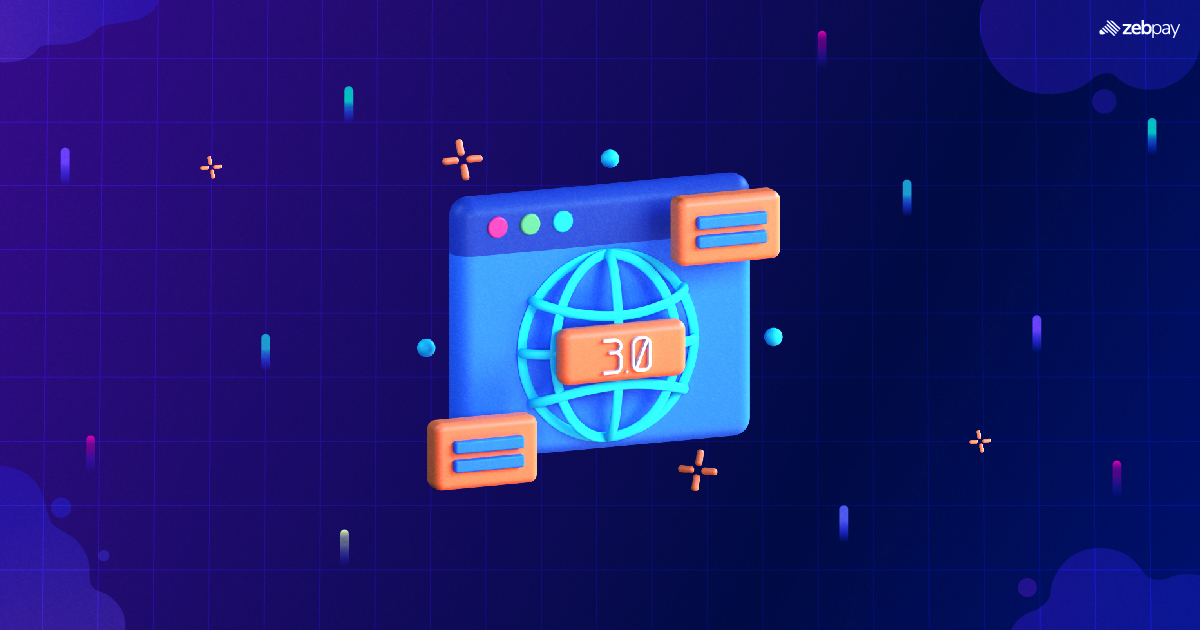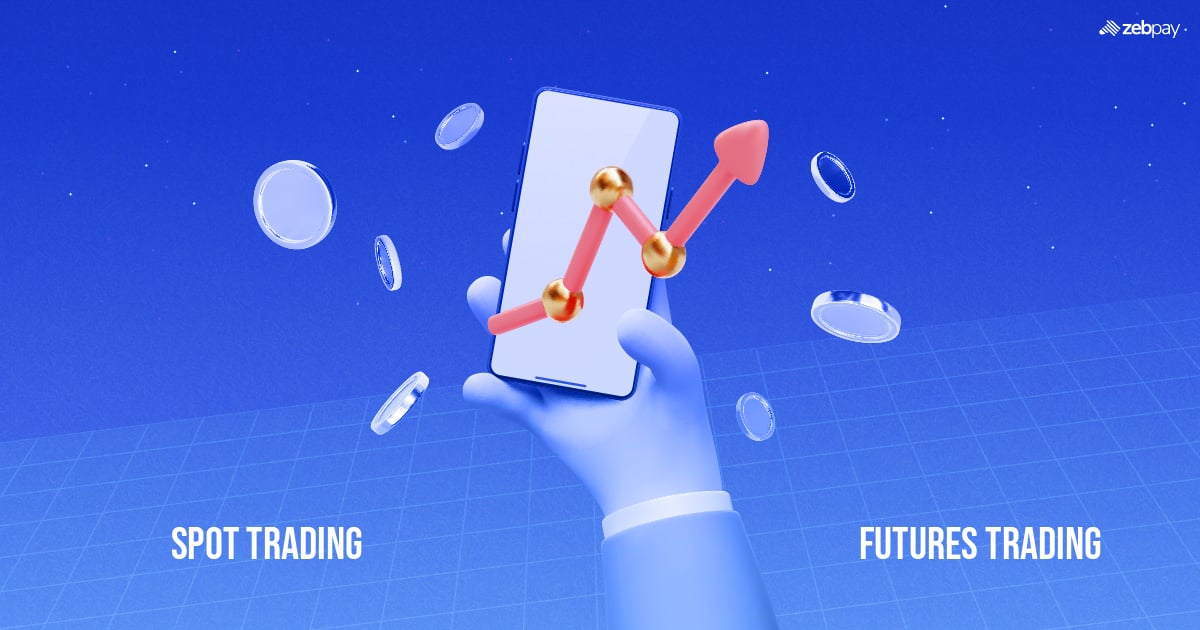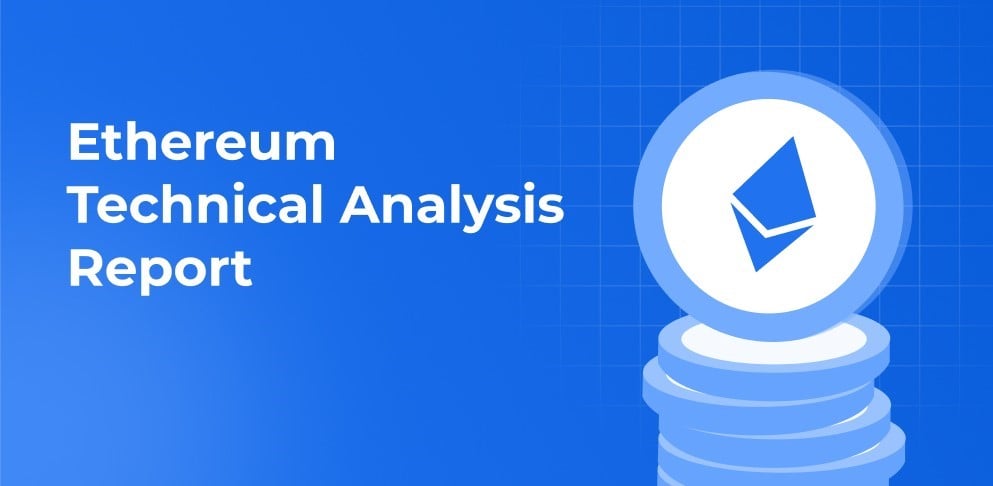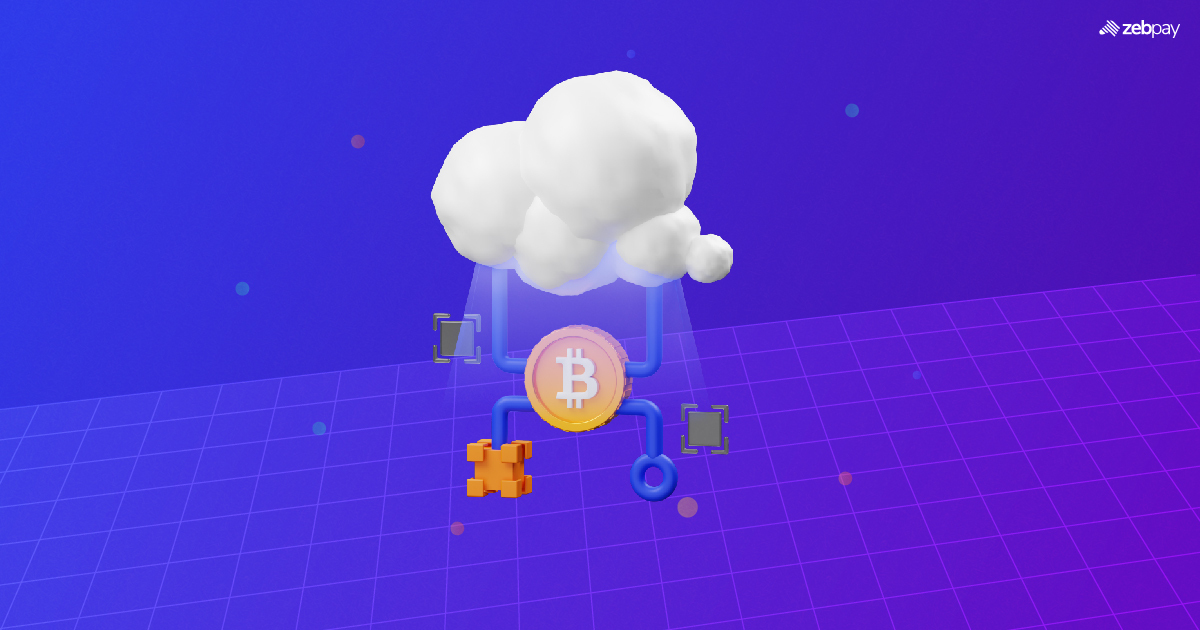Introduction to Web3
Tim Berners-Lee built the protocols that would later become the World Wide Web in the late 1980s. He envisioned an open and decentralized system that enabled information sharing from anywhere in the world. The first inception of these protocols is known as Web 1.0, and they existed between 1990 and 2004. The next iteration of these protocols is known as Web 2.0, and it began in 2004 with the rise of social media platforms. The web evolved from read-only protocols to a read-write system. This system allowed platforms to share user-generated content and engage with others. Gavin Wood, the co-founder of Ethereum, coined the term Web 3.0. This term has become synonymous with the vision of a new and improved web. Web 3 uses blockchains and crypto tokens to give power and control back to its users.
Understanding the Key Principles of Web3
Web3 is decentralized; ownership is distributed amongst its users instead of centralized entities. Web3 data is immutable; it cannot be tampered with or changed. It creates trust in the system by combining the features of immutability and transparency. Another vital principle of Web3 is interoperability, which ensures communication between different protocols in the Web3 ecosystem. It also facilitates the easy transfer of data and assets between multiple Web3 protocols.
Web3 Technologies and Components
Blockchains are secure and decentralized platforms for storing and sharing crypto data. Every blockchain transaction is recorded and easily tracked on this digital ledger. It is maintained by a network of computers rather than a single centralized entity, making it hard to hack. It forms the backbone of the Web3 system as it facilitates interaction between users and executes transactions without intermediaries.
Smart contracts are self-executing digital agreements that automatically enforce themselves when pre-agreed conditions are met. They facilitate various blockchain transactions without intermediaries. They also enable the functioning of DAOs, or Decentralized Autonomous Organizations, capable of transforming governance in the new Web3 landscape.
Decentralized applications, or dApps, are censorship-resistant and user-centric applications built on blockchain networks. They can disrupt many sectors, such as finance, trading, supply chain management, and gaming.
Empowering Individuals with Web3
Web3 applications and tools have the potential to enhance financial inclusion by providing access to financial services, improving security, reducing costs, and providing anonymity. Web3 can improve data privacy and security as it eliminates the need for intermediaries. Big centralized companies acted as gatekeepers and controlled user data in Web 2. Users can directly interact with decentralized applications and control the data they share in Web3. This feature reduces the risk of hacks and data breaches as criminals cannot hack a centralized server in Web3.
Read more: Web 3.0 vs Web 2.0
Web3 also enables its users to manage their digital identities in a decentralized manner. Users can control their data and are not reliant on centralized entities such as companies or governments to manage their digital identities. The creator economy in Web3 enables users to monetize their content using blockchain tools. It offers content creators more transparency, control, and scope for collaboration. Blockchain technology also allows content creators to directly receive and own digital rewards from Web3 users.
Web3 Use Cases and Applications
Web3 provides decentralization and security to DeFi protocols, facilitating greater trust and accountability in the digital financial system. It has enabled various DeFi applications such as trading, lending, borrowing, and insurance and can transform the financial world.
Web3 aims to build a decentralized media ecosystem where users can control their data. Currently, media companies generate large amounts of revenue from users who spend time on their platforms, but most users do not receive any monetary benefits in return. Web3 can incentivize the time spent by users on social media platforms. It can also provide better-targeted advertisements to users to benefit publishers.
Web3 can also simplify the processes in a supply chain system. Smart contracts can automate any contract and make the supply chain process more transparent to all stakeholders. It can also simplify how you track your orders, assist businesses in streamlining procedures, and identify any delivery issues. Another Web3 application is to build decentralized systems to address voting issues such as fairness and transparency. Web3 technology can register votes securely, eliminating the fear of fraud or manipulation.
Read more: Guide to Taking Your Organization from Web2 to Web3
Challenges and Considerations in Web3 Adoption

One of the big issues in the Web3 space is scalability. It can prove hard to scale a network that relies on a network of computers to maintain the protocol’s integrity. Another challenge is the lack of user-friendly tools that make it easy for users to interact with Web3 applications. Many Web3 tools require good technical expertise to engage with unique Web3 applications. Developers need to create more intuitive and user-friendly tools to improve the user experience.
Another challenge to improving the adoption of Web3 is the difficulty of explaining the new technology to normal users. Web3 technology and its components can be complex to explain to non-technical users. There is a need to develop better educational resources to simplify Web3 technology and make it more accessible to a wider user base.
Collaboration and Partnerships in the Web3 Ecosystem
More and more businesses are exploring the possibilities of adopting Web3 tools to reach their operational and financial goals. Governments are also exploring the potential of Web3 applications in the fields of e-Voting, land registry, digital identity, permits, and social programs.
Web3 and the Future of Work
Decentralized Autonomous Organizations or DAOs, are groups run by rules encoded in smart contracts and governed by a set of stakeholders. Any changes to the DAO require approval through voting. DAO members use a digital voting system governed by smart contracts to incorporate or deny changes. All members can influence vital changes, and they can operate without intermediaries. There are different methods to distribute voting powers, and some DAO members’ votes may weigh more than others. Each DAO must decide which type of voting structure works best for them.
Read more: Future of Web3 in Ecommerce
Web3 Adoption and Future Outlook
Top brands continue to invest in Web3 technology and explore the potential of this new technology to achieve their operational and financial goals. Web3 tools offer companies unique benefits that can help them cut through the clutter and stand out. Many companies are adopting Web3 technology to remain competitive and capitalize on the opportunities provided by it.
Conclusion
Web3 is the next iteration of the web where users have complete access to their data. It has the potential to enhance financial inclusion by providing access to financial services to the unbanked. It can also improve security, reduce costs, and provide anonymity to our online interactions and transactions. Web3 can improve data privacy and security as it eliminates the need for intermediaries.
There has been a significant development in crypto tokens, layer-2 scaling solutions, and digital identity in the last year alone. Web3 infrastructure will continue to improve to make a better Web for the future.
Visit ZebPay blogs to stay up to date about the latest crypto news. Join the millions of traders already using ZebPay.







